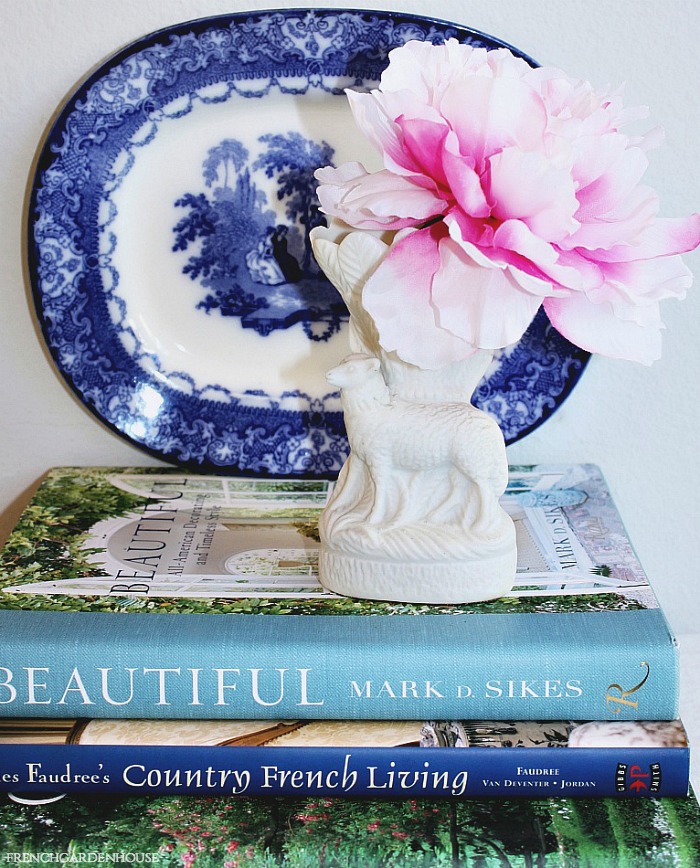
Do you adore antique porcelain and pottery?
There are so many fine decorative porcelain pieces
that are the perfect accent to your home.
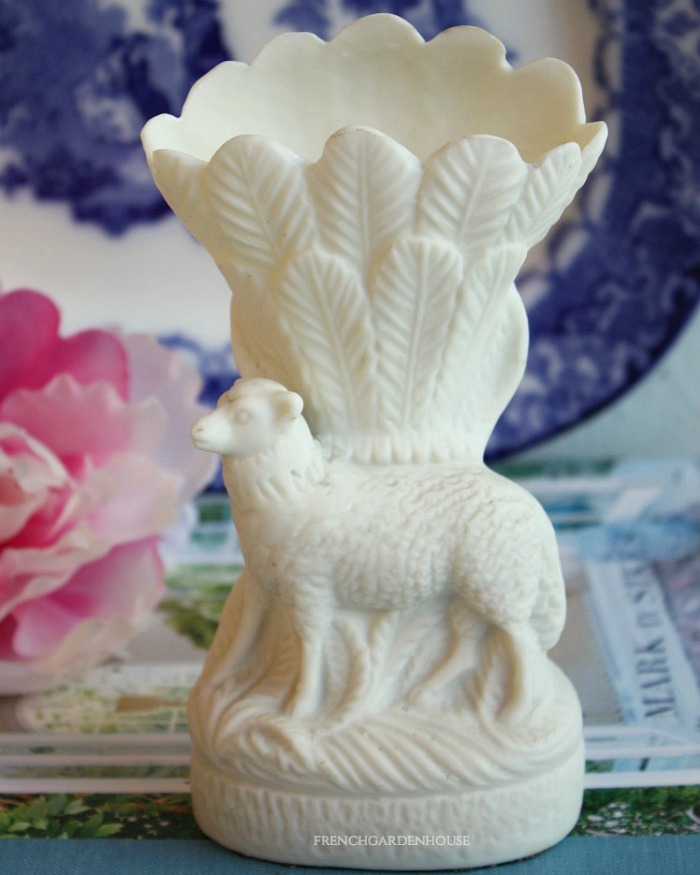
Then there are the rustic pottery pieces we sell that
make many of your French Country homes warm and inviting.
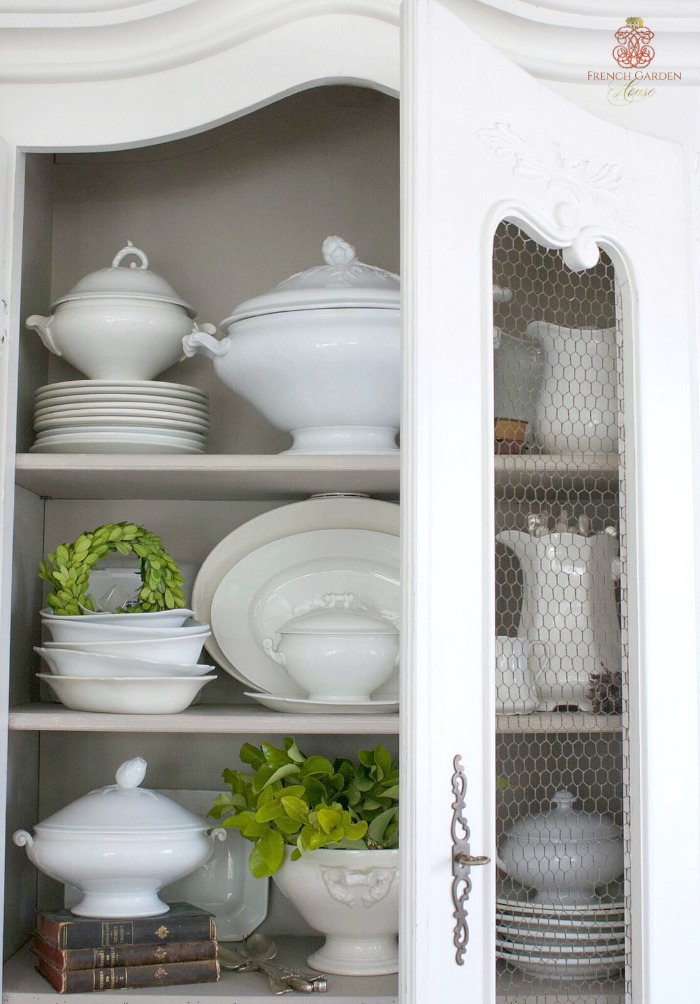
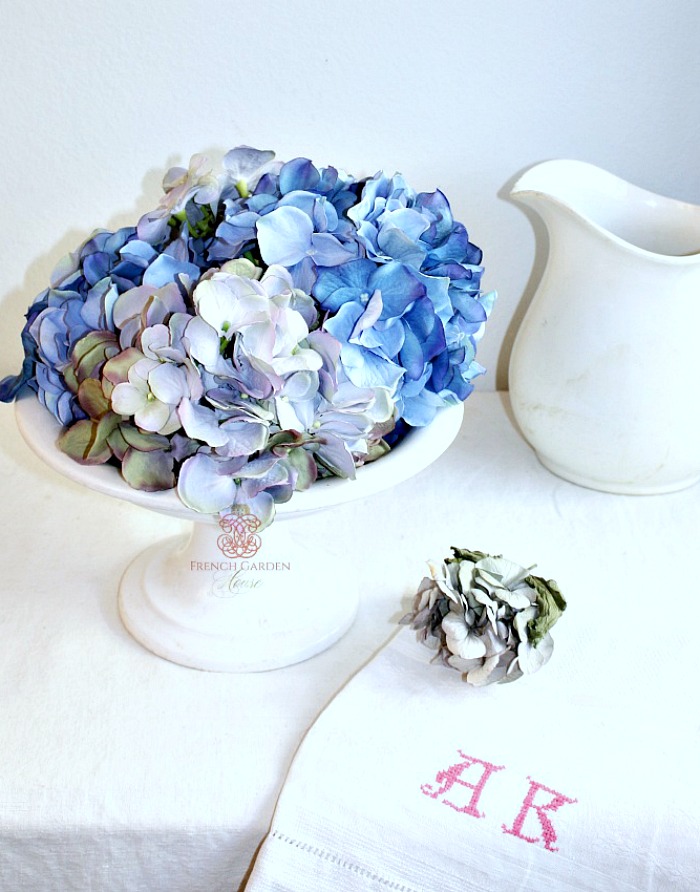
I have received so many questions via email about how to care
for your collections.
So today, let’s talk about the care and love of all things ceramic.
The Do’s and Don’ts of displaying and cleaning
antique porcelain and pottery.
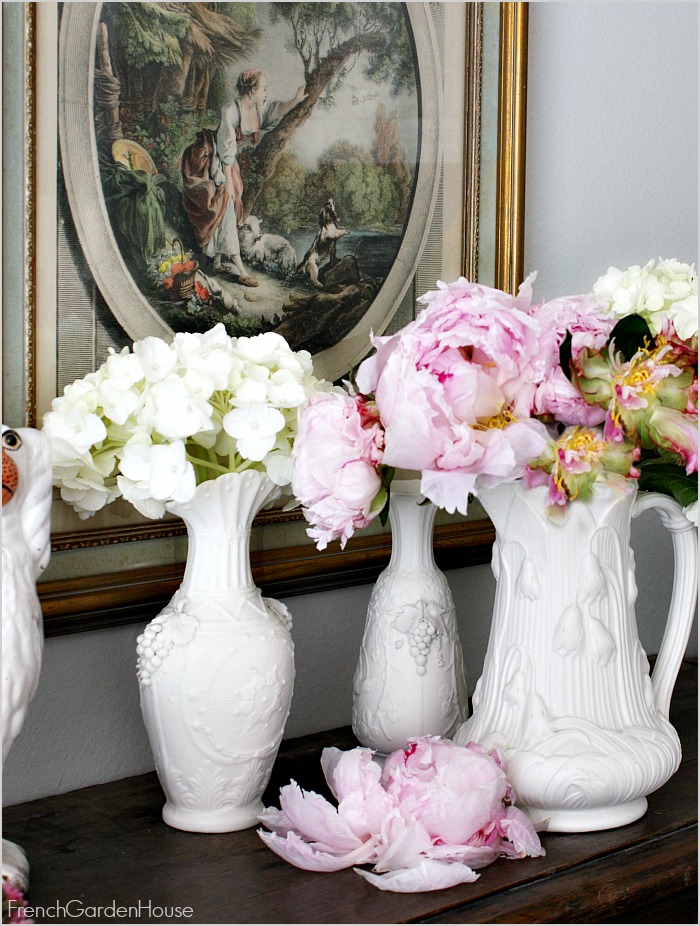
The word “ceramic” comes from the Greek work keramos, which means clay.
It’s really the generic word for everything made of clay and fired in a kiln.
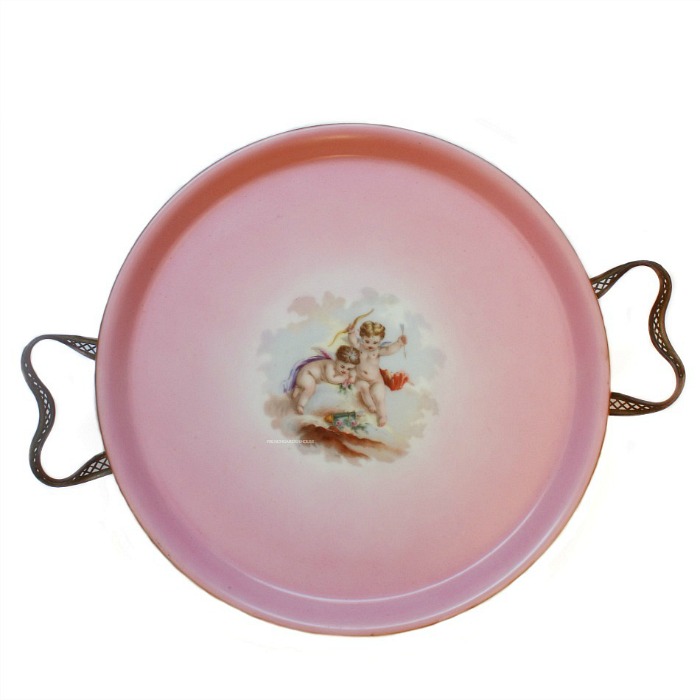
The difference between porcelain, pottery and stoneware
depends on on what kind of clay was used,
what else was added to that clay,
and at what temperature it was fired at.
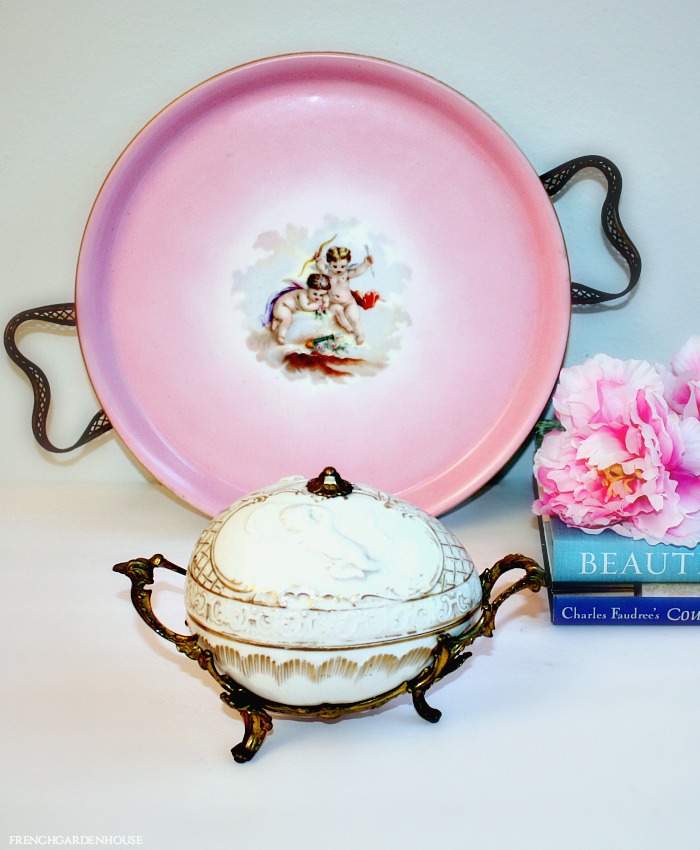
No matter what you love and collect,
antique oyster plates that you display in your dining room –
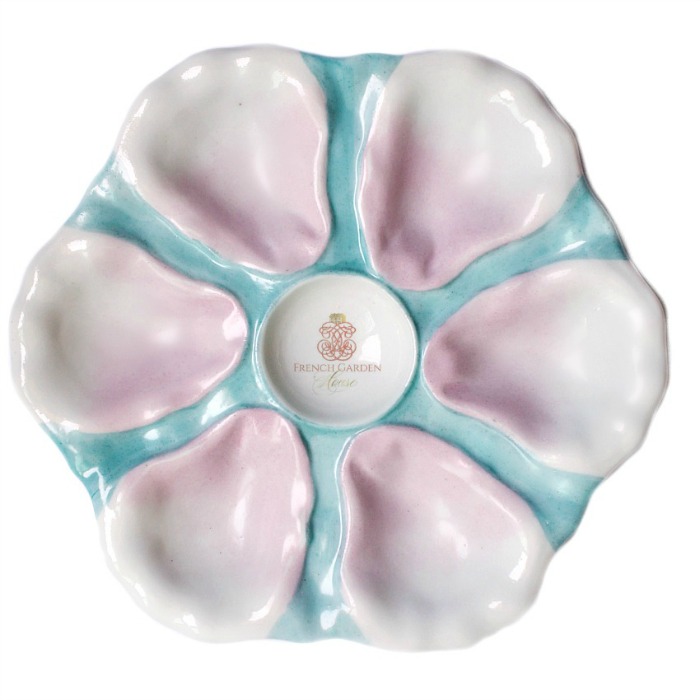

or a few antique tea cups –
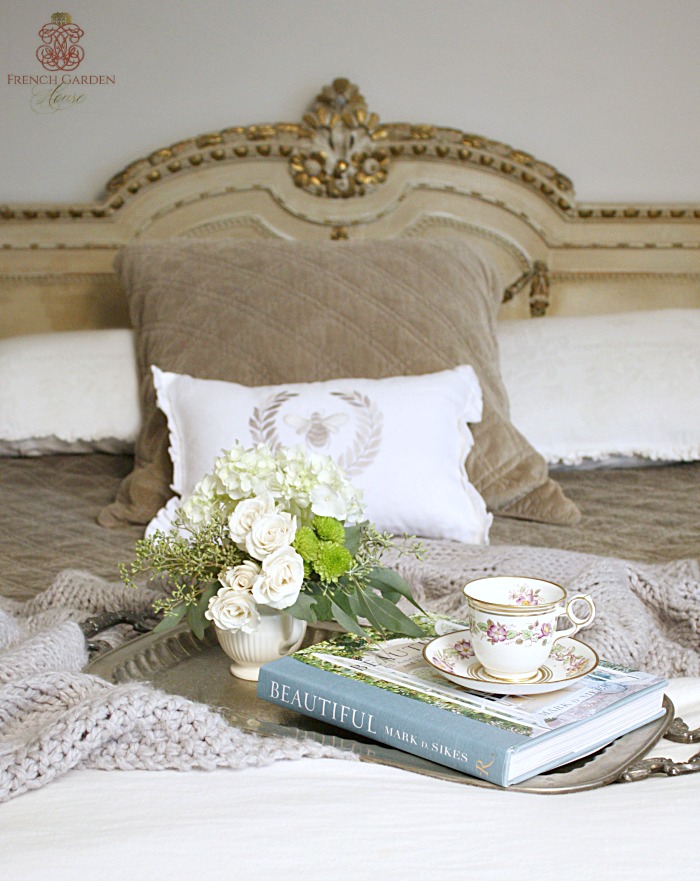

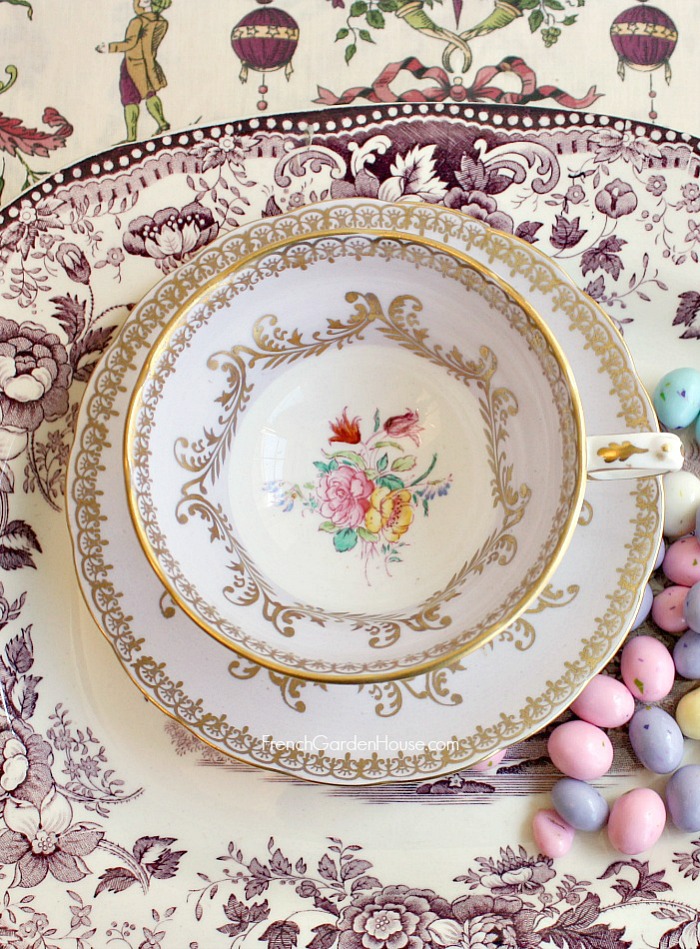
or porcelain figures

or Limoges boxes,
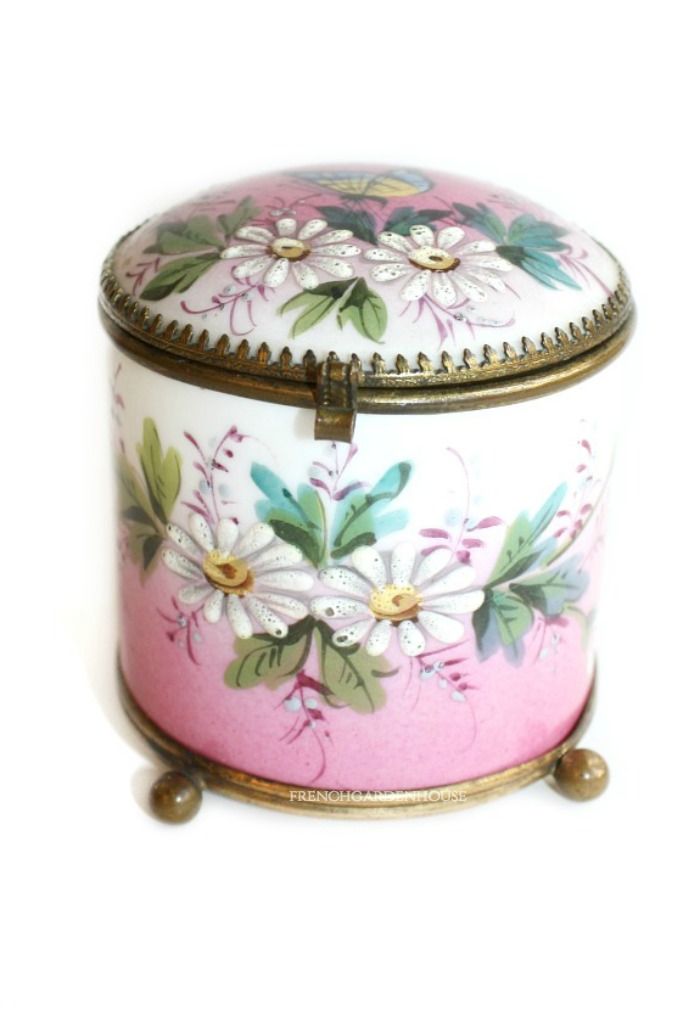
you have a collection of porcelain that brings joy to your home
and beauty to your every day.
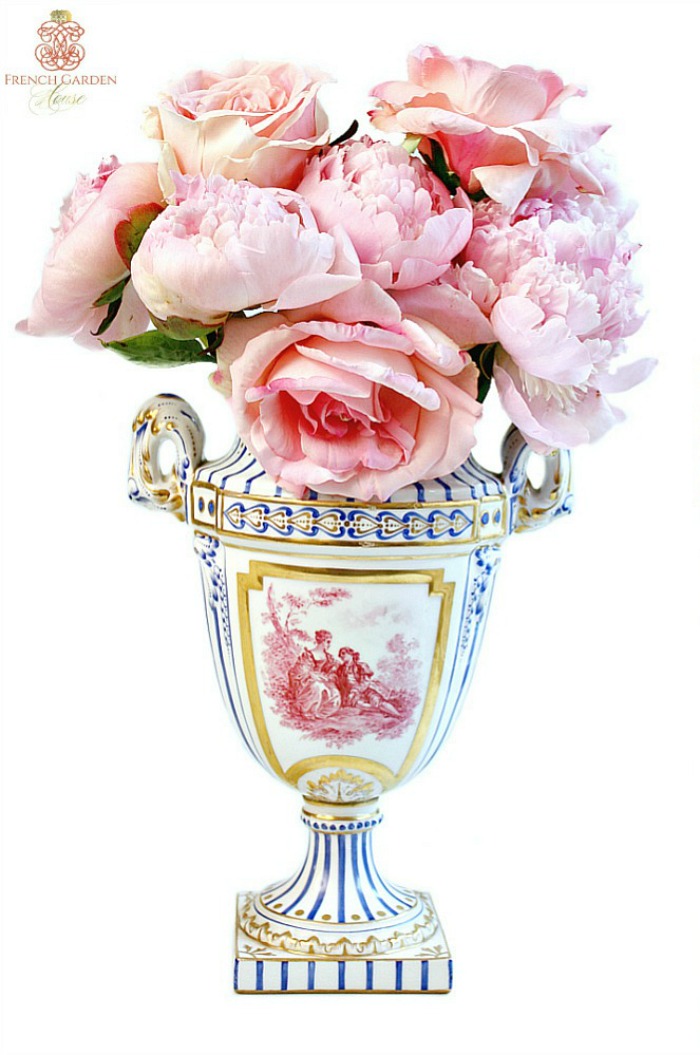
And you will want to take care of your treasured collection.
HERE ARE MY BEST TIPS FOR TAKING CARE OF YOUR PORCELAIN AND POTTERY:
1. DISPLAY WITH CARE.
Valuable or delicate pieces are displayed best in a glass front cabinet for safety.
Avoid placing your porcelain and pottery in direct sunlight if possible. Many ceramics will fade and discolor in strong light.
2. TREAT DELICATELY.
Always pick up each piece by the body, not the handle, spout or head. Support the base, and be mindful of lids.
On unglazed pieces greasy fingerprints can leave indelible marks, so be sure your hands are completely clean before touching!
3. USE A LINER.
Antique porcelains or pottery pieces shine when they hold fresh flowers. If you use porcelain that is not a vase for flowers, it’s a “best practice” to insert a glass container inside, that way the piece won’t be damaged.
4. NEVER USE TAPE.
Please don’t use any kind of tape to hold the lid to a pot, or for any other reason. The tape can damage the glaze and leave very unsightly marks over time. You can buy special museum putty that will keep a lid on for display if you want to stick it on.
5. USE PLATE STANDS.
There are special clear acrylic stands for plates that are a wonderful way to display plates on a shelf, a stack of books or a side table.
If you are hanging plates on your wall, please invest in plate hangers with plastic ends.
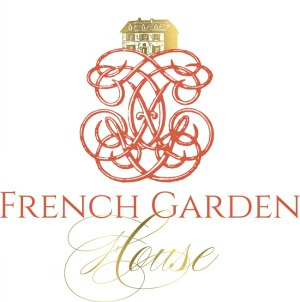
HOW TO CLEAN.
1. USE A PAINT BRUSH.
I use a dry art paintbrush to wisk away dust and dirt from decorative pieces. If the piece is glazed, you can gently wash it in warm water and some gentle hand washing soap. Putting a folded towel in the bottom of your sink or using a plastic bin to wash the porcelain in is a great way to protect it.
I wash porcelain figurines with a soft {paint} brush, rinse, and let it dry on a clean towel.
Please don’t use any abrasive cleaners, and need I say that you should never put any antique porcelains in your dishwasher?
2. UNGLAZED PORCELAIN.
Don’t soak your unglazed porcelain pieces in water. This includes the unglazed rims on some glazed pots and vases.
You can clean the unglazed pieces and/or parts with a little soft cloth soaked in soapy water.
3. METAL CARE.
Many antique Limoges or Sevres pieces have ormolu {gold plated} or other metal mounts, handles or knobs. Those should never be soaked in water.
If your object has metal rivets or “staples” {once used to mend pottery} don’t get them wet either. If the metal staples or rivets on porcelain have left a stain, you can try some ammonia {well ventilated area only!} on a q-tip. I have also had a good result with a special rust remover called Wink, again applied very gently on q-tips, and then “rinse” area with a soft cloth soaked in warm water.
4. DISCOLORATION.
You can sometimes get rid of discoloration on porcelain by using hydrogen peroxide. Put the hydrogen peroxide on a cotton ball and lay it on the stain. Enclose the object in a plastic bag and seal and check on it to make sure the cotton ball is not dry. I’ve had great luck with this method! But never do this on porcelain with gilt or lustre decoration. And NEVER NEVER use bleach, as this weakens the porcelain structure and will break it down. It will also make your piece yellow over time.

If you treat your beautiful antique porcelain and pottery pieces with care,
they will add beauty to your home
and make you smile each time you see them!

DO YOU HAVE A FAVORITE PIECE OF ANTIQUE PORCELAIN THAT GIVES YOU JOY?
WE’D LOVE TO HEAR ABOUT IT AND WHY IT’S SPECIAL TO YOU!
à bientôt

If you want to romance your Home and Garden with antique and vintage treasures to make you smile each time you come home, visit our shop FrenchGardenHouse.

 Your Cart
Your Cart
Always nice to know how to keep your treasured porcelain in good condition. Will need to try the hydrogen peroxide out. Thanks.
Lisa, the hydrogen peroxide also works great on old ironstone which has dis colored. Yu can fill the whole bottom of a plate with it, for instance, wrap the plate in plastic, and put it in the sun for a few days.
So informative, thank you! I always really appreciate your care tips. For people like me who like to display pieces or even use them, it’s so important. Have a great day!
Wonderful and useful tips, thank you so much! Your treasures are absolutely beautiful! I am crazy about sweet porcelain pieces!
Have a happy day~
Nancy
Thanks so much for your visit today Janet! I hope you are enjoying your porcelain beauty at home!
You always have such gorgeous pretties to show us and provide us with the best information on how to care for them!…I am definitely using the hydrogen peroxide on some of my discolored ironstone…Have a great day!!!
Lovely post, as always, Lidy! I love love love the bouquet of pale pink peonies and roses in its French vase… Would love to bring it home. 🙂 Happily sharing. <3
Hugs,
Barb 🙂
Thanks for the care tips. You have such beautiful antiques. I enjoy seeing them!
Recently, I sadly broke a Lenox flower vase. I went online to see if I could replace it and found one that was the same however, it has stains from Olive oil on the outside surface.The seller obviously was not able to get the stains off with soap and water. Do you think the hydrogen peroxide will remove these olive oil stains? I do not want to spend the money to buy this vase if I’m not going to be able to restore it to the original Lenox beauty.
Janet, I think I would personally pass. Oil is a different element, the peroxide works great on dark aging stains, but they are not oily in nature. Hoping you will be able to find your vase in better condition soon!
I would like to cook chocolate pot de creme in antique limoges pots. Will they survive a bain marie? I had assumed that the antiques survived previous baths but wanted to make sure before I tried it.
Fernando, although I don’t know for sure, I would assume that as long the porcelain doesn’t have cracks, it should be fine.
Do you think the hydrogen peroxide method is safe for hand-painted porcelain? I have 3 royal rochester pieces from the bird of paradise collection I would love to restore to their original white, as they have yellowed with age. I do not want to damage the paint or the silver trimming though! The pieces seem glazed, but it still worries me. Also, do you recommend a stronger hydrogen peroxide? I’ve got a standard store bought one as well as a stronger 15% bottle. Thanks in advance!!
Brooke, I’ll be honest, I really don’t know about it being safe for hand painted porcelain. I’ve never done it before. I do just use regular hydrogen peroxide, the longer it sits the more it will whiten ironstone.
I have my grandmother’s chocolate set. pot, 6 cups and 6 plates. They have been sitting on a shelf in my home for 45 years, I just took them down off the shelf and they are quite dirty. They are hand painted, Nipon, with a delicate flower design. Thank you for the tips on cleaning. Any other thoughts on care or value?
My antique porcelain pitcher and wash bowl have fine grey cracks fanning out the pitcher from top to bottom like cracks
Is there something I can do to protect the pitcher
Sandra, this sounds like it may just be “craquelure” of the glaze. If so, just keep your piece clean, don’t submerge in really hot water, and it should be fine.
I’m not sure when these comments were submitted, but I will give this a shot. I have become a collector of decorative plates, namely those made in the 19th century. The problem is, I live in Florida and it is intensely hot for most of the year. Due to circumstances, I keep my plates protectively wrapped, in boxes that I store in the shed. Will the changes in outside temperature affect these plates? They mean a lot to me. Thank you.
Marco, it is really better to store antique porcelain plates in a climate-controlled space. Fluctuations in temperature can cause discoloration, cracked glazes, or other damage. It’s mostly the fluctuation of temperatures that will cause damage, going from hot to cold can make the porcelain brittle. If there is any room anywhere, I would love to see you display your beautiful pieces so that you can enjoy them.